Here is the link for my Google Site, this will have all the lesson plans, links and updates.
https://sites.google.com/portlandschools.org/mrhartsartpage/home
Riverton Art Class
Friday, March 20, 2020
Monday, March 16, 2020
Art Lessons for Grade K and 1
Project 1
https://www.youtube.com/watch?v=OJZF9Nka-78
Above is a link for watching an art hub video on how to draw an owl.
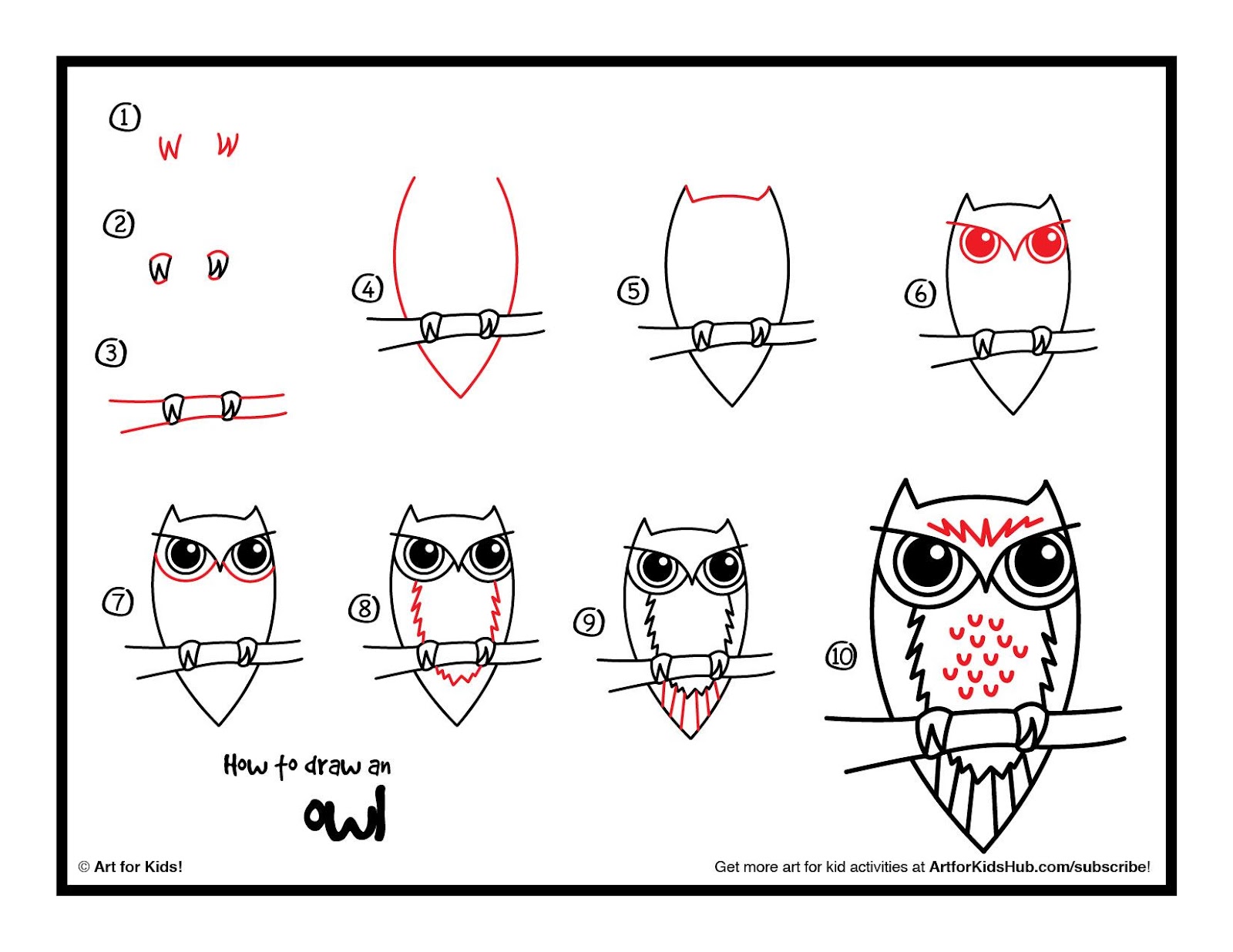
After feeling confident in drawing your owl by breaking it down into its basic shapes, try a continuous line drawing.
A Continuous Line Drawing is when you:
1. Draw but don’t lift up your pen when drawing… everything is connected.
2. Just letting the pen move freely & then filling in each spot with color.
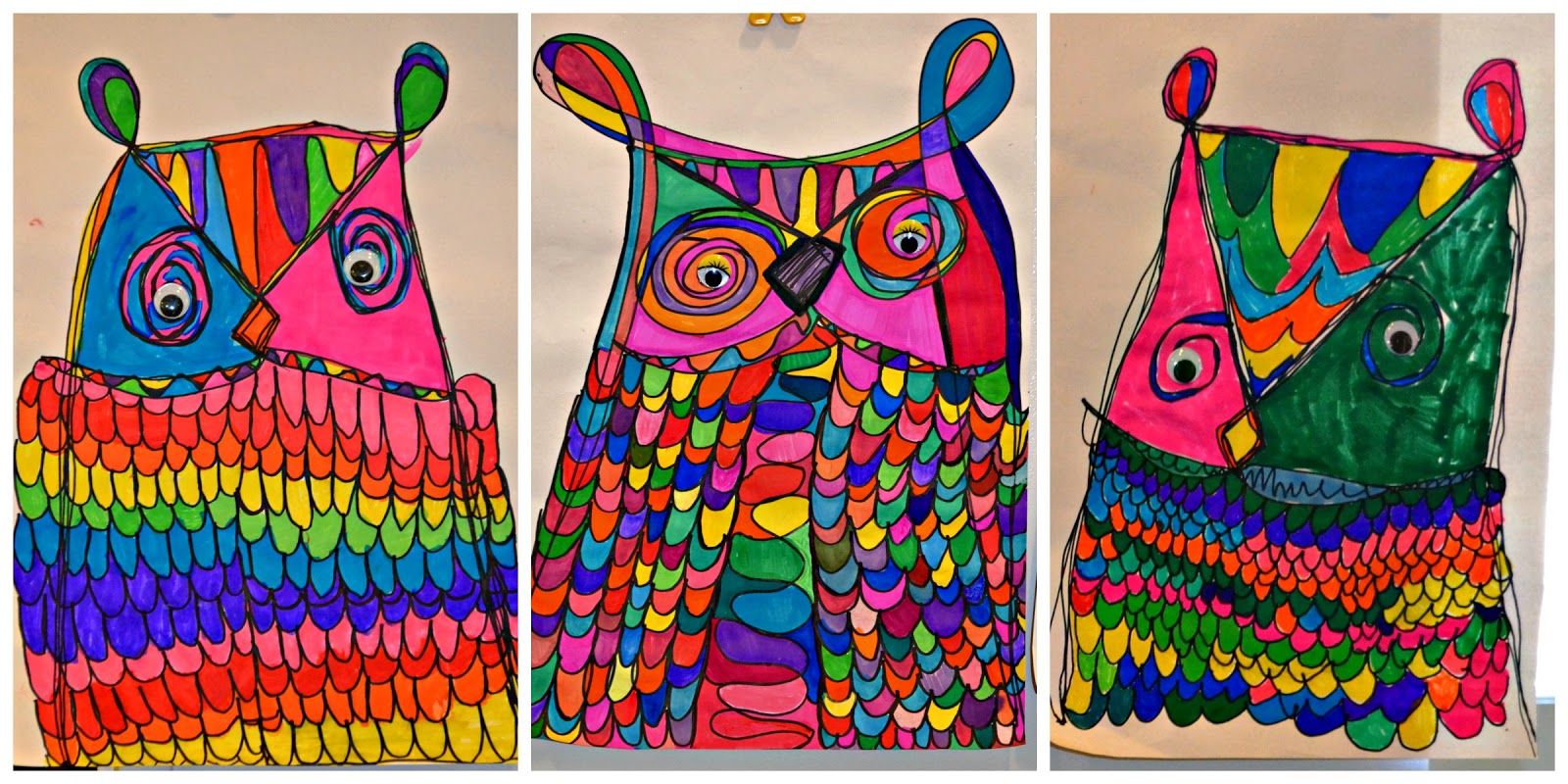

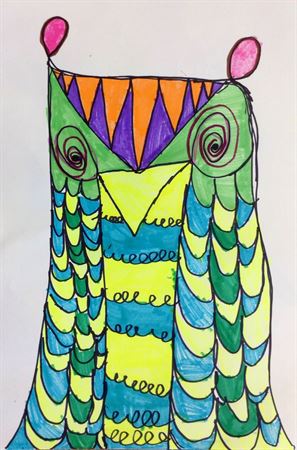
Project 2
Artist Pablo Picasso’s one liner drawings of owls.
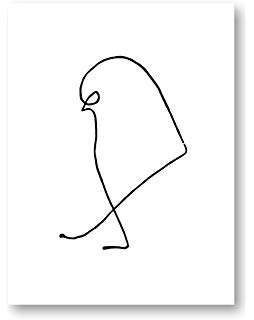


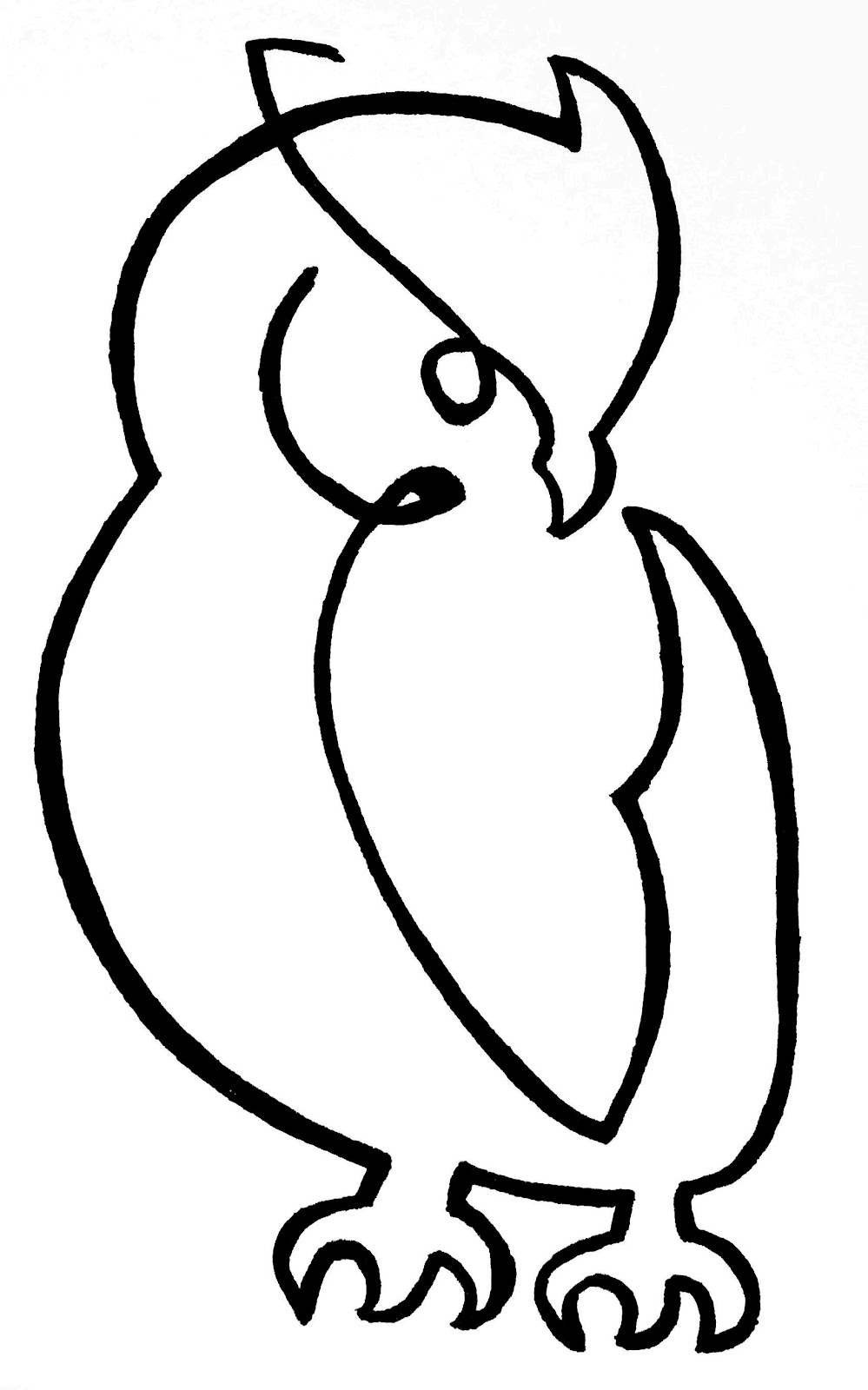
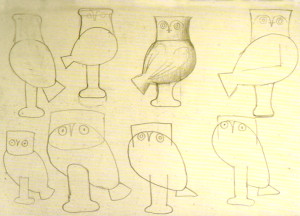

Blind Contour line drawing is an excellent way to train the eye to draw. It is a simple way to hone student’s observational drawing skills. The idea is to draw the outline of an object. (Just like tracing the outside of a person with chalk). When making a blind contour drawing, the eye is not watching the hand as it draws on the paper.
At first, just draw the outside shape of an object. Don’t draw the object’s details. When you get comfortable drawing the object with looking at the object and then at your paper, then try drawing the object without lifting up your pencil. When you become comfortable with drawing the object without lifting up your pencil, next draw the object without looking at your paper but just looking at the object. Some people put something over their hand so that they can’t see what they are drawing.
Practice. Use a dry erase board or chalk if handy. If not, put shaving cream, dirt, sand, or steam on a flat surface (could be a plate, counter, mirror, window or baking pan. Draw into the surface.
Use objects that are familiar and that you could understand in terms of the basic shapes that make it . Choose an object to draw (a door, a book, shoes, window, stuffed animal, person, plant etc.).
Blind contour drawing is an excellent way to train the eye to draw what it really sees rather than what it thinks it sees.
The first contour drawings you do will look, well, funny. However, with practice, you will find that you will be able to accurately record an image on paper without looking at your hand as it draws!
It is a great warm-up drawing activity for any age group.
https://www.youtube.com/watch?v=OJZF9Nka-78
Above is a link for watching an art hub video on how to draw an owl.
After feeling confident in drawing your owl by breaking it down into its basic shapes, try a continuous line drawing.
A Continuous Line Drawing is when you:
1. Draw but don’t lift up your pen when drawing… everything is connected.
2. Just letting the pen move freely & then filling in each spot with color.
Project 2
Artist Pablo Picasso’s one liner drawings of owls.
Blind Contour line drawing is an excellent way to train the eye to draw. It is a simple way to hone student’s observational drawing skills. The idea is to draw the outline of an object. (Just like tracing the outside of a person with chalk). When making a blind contour drawing, the eye is not watching the hand as it draws on the paper.
At first, just draw the outside shape of an object. Don’t draw the object’s details. When you get comfortable drawing the object with looking at the object and then at your paper, then try drawing the object without lifting up your pencil. When you become comfortable with drawing the object without lifting up your pencil, next draw the object without looking at your paper but just looking at the object. Some people put something over their hand so that they can’t see what they are drawing.
Practice. Use a dry erase board or chalk if handy. If not, put shaving cream, dirt, sand, or steam on a flat surface (could be a plate, counter, mirror, window or baking pan. Draw into the surface.
Use objects that are familiar and that you could understand in terms of the basic shapes that make it . Choose an object to draw (a door, a book, shoes, window, stuffed animal, person, plant etc.).
Blind contour drawing is an excellent way to train the eye to draw what it really sees rather than what it thinks it sees.
The first contour drawings you do will look, well, funny. However, with practice, you will find that you will be able to accurately record an image on paper without looking at your hand as it draws!
It is a great warm-up drawing activity for any age group.
What You Need: Pencils, Paper, Everyday Objects (shoes, plants, desks, pencils, people, etc.)
What You Do:
Pick a point on the object where the eye can begin its slow journey around the contour or edge of the object. Remember, the eye is like a snail, barely crawling as it begins its journey.
When finished, feel free to color in your picture.
Art Lessons for Grades 2 and 3
Project One
How could you make a still life portrait by arranging objects found at home?
Draw your still- life portrait. What other art forms can you make with found objects?
How could you make a still life portrait by arranging objects found at home?
Draw your still- life portrait. What other art forms can you make with found objects?
I can’t wait to see your creative ideas!
Project Two
Take a good look at the objects in your home. How many interesting shapes can you find?
Bernard Williams is a Chicago artist who uses found objects to make art. You can find ways to use recycled items and objects from your home to make art too!
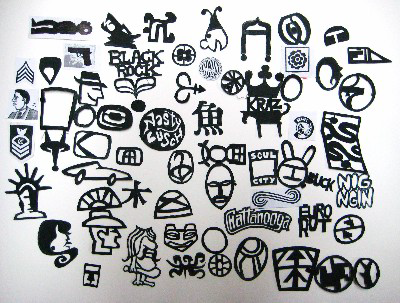
How could you arrange these objects to make a picture? Draw your still-life.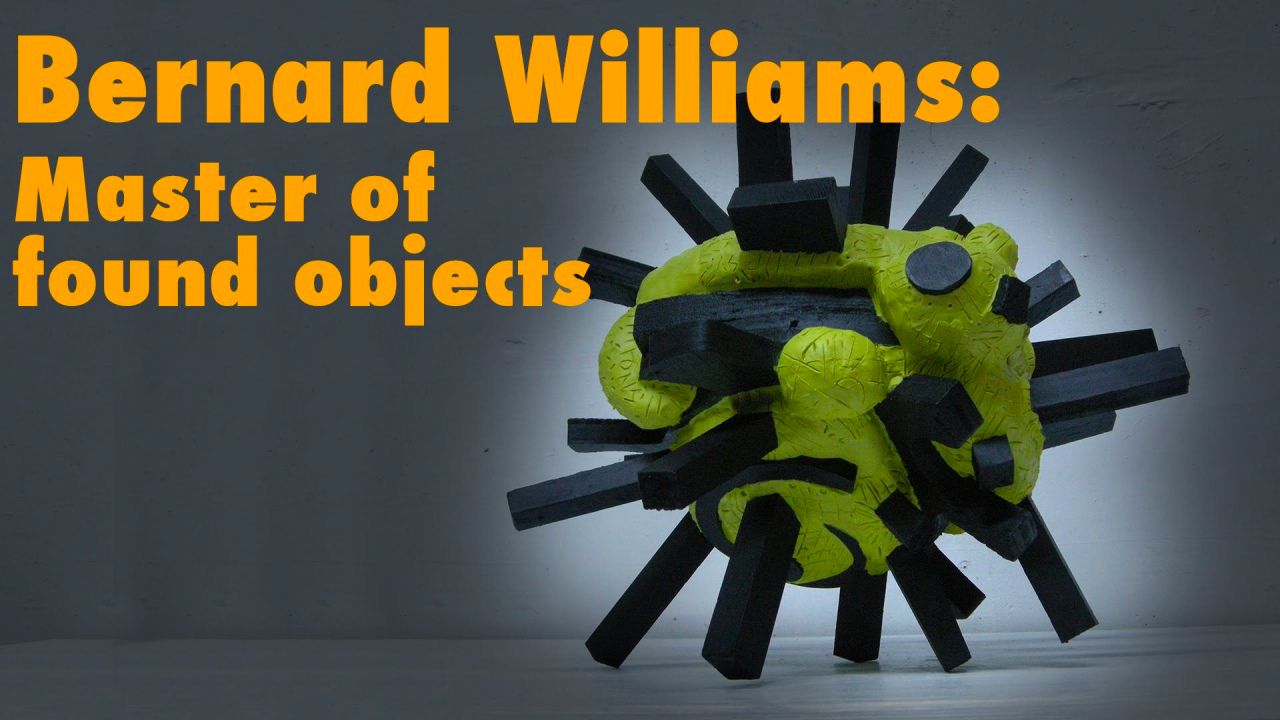
Project Two
Take a good look at the objects in your home. How many interesting shapes can you find?
Bernard Williams is a Chicago artist who uses found objects to make art. You can find ways to use recycled items and objects from your home to make art too!
How could you arrange these objects to make a picture? Draw your still-life.
Art Lessons for Grades 4 and 5
Project 1:
Reinforce the elements and principles of Art with natural materials. British artist,
Andy Goldsworthy, is an artist who is not only inspired by nature but creates art using natural
materials. His land art sculptures are intentionally temporary and left in their environment.
Project: Using objects from nature found outside, create a sculpture or design using different
examples of radial, symmetrical, and asymmetrical balance. Use different natural objects
that have contrasting colors or values to lead the eye around the artwork.
Goldsworthy’s process includes leaving the finished work in nature. He knows his work is only
temporary, later to be destroyed in its natural environment. (Examples of materials or objects
to use: Rocks, pinecones, sticks, leaves, twigs, flowers, grass)
Second Activity: Once your sculpture is complete, use drawing tools to create observational
drawings of your sculpture, from different perspectives. Additionally, if you are able to use an
adult’s phone, take photos of your natural sculpture.
Project 2:
Look and Learn
Walking around today, I noticed the budding plants everywhere. Magnolia blooms are fuzzily
emerging from sleep; tulip bulbs are persistently poking their noses out of sun-warmed soil.
This is a time of change. How is the world around you changing? If you make a drawing of
something today, will it be the same tomorrow? If not, how will it have changed?
With a few pieces of paper, fold yourself a small sketchbook. No need to staple. Keep the
pages together if you can. Does the paper you found have writing on one side? That’s okay,
it makes it more interesting.
Go outside with an adult or look out your window. Find a plant or branch or tree and observe
it closely. What do you notice? Draw the object if you can. What angle did you choose to
draw from? Why? What makes it interesting?
This is an observational drawing. It’s how we draw what we see in the world around us.
Notice – observe – draw.
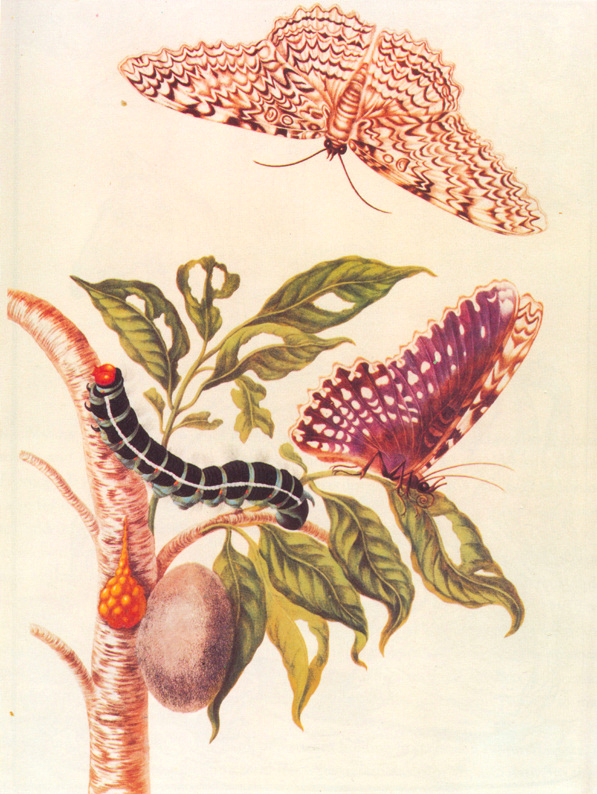
Tomorrow, observe and/or draw the same plant or object. Has it changed? If so, how?
Are the shapes the same? Have the colors changed? Why did you pick this object?
Is it special or ordinary? Draw the same object every day for two weeks and by the end, you’ll have a record of growth. It’s almost like a stop motion movie. By April, you might be drawing a flower.
Enrichment:
If you can, ask your adult if you can borrow their phone. Take a picture of your object every
day for two weeks from the same angle and distance. Would the objects make a stop-motion
movie showing growth? Using a stop motion app, see if you can make a movie.
Email it to me if you can!
Project 3:

Look and Learn
Walking around today, I noticed the budding plants everywhere. Magnolia blooms are fuzzily
emerging from sleep; tulip bulbs are persistently poking their noses out of sun-warmed soil.
This is a time of change. How is the world around you changing? If you make a drawing of
something today, will it be the same tomorrow? If not, how will it have changed?
With a few pieces of paper, fold yourself a small sketchbook. No need to staple. Keep the
pages together if you can. Does the paper you found have writing on one side? That’s okay,
it makes it more interesting.
Go outside with an adult or look out your window. Find a plant or branch or tree and observe
it closely. What do you notice? Draw the object if you can. What angle did you choose to
draw from? Why? What makes it interesting?
This is an observational drawing. It’s how we draw what we see in the world around us.
Notice – observe – draw.
Tomorrow, observe and/or draw the same plant or object. Has it changed? If so, how?
Are the shapes the same? Have the colors changed? Why did you pick this object?
Is it special or ordinary? Draw the same object every day for two weeks and by the end, you’ll have a record of growth. It’s almost like a stop motion movie. By April, you might be drawing a flower.
Enrichment:
If you can, ask your adult if you can borrow their phone. Take a picture of your object every
day for two weeks from the same angle and distance. Would the objects make a stop-motion
movie showing growth? Using a stop motion app, see if you can make a movie.
Email it to me if you can!
Project 3:

Picasso portraitsA lot of communication comes from body language, including gestures, postures, and facial features. What is communicated to us through her body language? Her facial expression? Think about different emotions, such as excitement, sadness, fear, surprise. Sylvette David is the subject and inspiration for Picasso’s painting, referred to as a muse. Who do you draw inspiration from? Who motivates you to achieve, whether in school, in sports, or in life? Who is your muse? • If you could paint or draw the portrait of someone you know, who would you choose? Why? Now, compose a portrait of this person, thinking about these ideas and emotions and using Picasso’s cubist style as inspiration.
Second Activity: Many Cubist paintings are very geometric. Can you identify the geometric shapes
that can be found within the painting? Now, compose a picture using only geometric shapes. Use as
many shapes from this painting as you can find, and other geometric shapes that you can find in your
surroundings. Bonus: This activity can be a drawing, or you may use scissors and glue and make a
collage using these geometric shapes.
Project 4:
Green Sea - Philip Guston

Second Activity: Many Cubist paintings are very geometric. Can you identify the geometric shapes
that can be found within the painting? Now, compose a picture using only geometric shapes. Use as
many shapes from this painting as you can find, and other geometric shapes that you can find in your
surroundings. Bonus: This activity can be a drawing, or you may use scissors and glue and make a
collage using these geometric shapes.
Project 4:
Green Sea - Philip Guston
The Character of Everyday Objects • Philip Guston painted everyday objects like clocks and shoes as
if they were characters in a narrative rather than inanimate objects in a still life. Make a list of everyday objects you might find at your home or outside. Now choose two to three objects to play main characters in a dramatic scene. Make sure to give personality traits to the different objects. A book, for instance, might be shy and intelligent, or a sneaker might be silly and funny. Now using these characters, draw one larger picture, or draw a comic strip in which the objects play the main characters and tell a story with them through the drawings.
Second Activity: Guston taught himself how to draw by copying comic strips out of newspapers.
Discuss the similarities and differences between Green Sea and comic strips, using the funnies from a
newspaper for an example. Using characters in the comic strips and of your own creation, design a
new comic strip and change the meaning of the comic by removing or adding characters, objects,
and dialogue, as well as by altering the setting.
Third Activity:
When Guston went to art school as a young man, he piled the plaster casts that he was instructed to
draw into a heap to make them more interesting. Later in life, he frequently painted objects in big piles, some of which he collected from a local dump. Look for objects that you find visually interesting. It can be an article of clothing, sneaker, a toy, or a vegetable, for example. Arrange the objects in a big pile. What objects can be clearly seen? Which are partly concealed? What shapes are the objects in the pile and how do they fit together? What is the shape of the whole pile? Now, make a drawing or drawings from observations of the pile of objects.
Project 5:
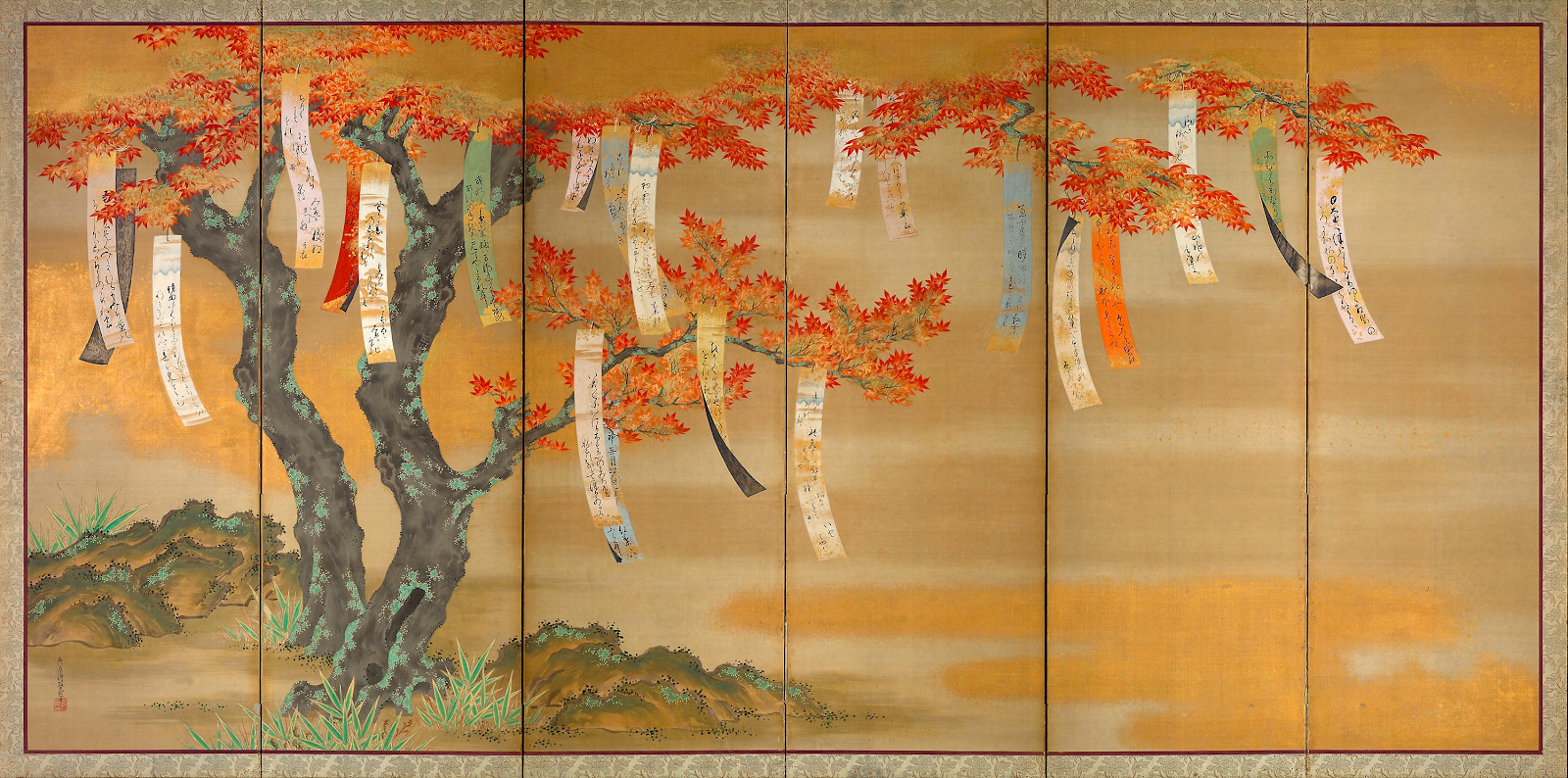
Do you know what kind of tree this is?
It’s a cherry blossom!
Do you know where this painting is from?
It’s from Japan!
Can you tell what is hanging from the tree’s branches?
They’re poems called Haiku!
Haiku is a Japanese style of poem. The first line has five syllables, the second has seven, and the third has five, for a total of seventeen syllables.
The wind blows softly
as I gaze up at the tree
sweet petals in sight
This is an example of a Haiku. It’s a translation of one of the poems hanging in the tree!
Haiku talks about nature, about humans’ relationship with nature, and about what we think is beautiful. What do you think is beautiful?
First Activity:
Can you think of something beautiful? A tree? A plant? Your own sweet face? A favorite toy?
Draw a picture of your beautiful object. Color or paint it if you can.
Second Activity:
Write a Haiku on a separate piece of paper and cut it out.
Tape or glue your Haiku to your picture. Do this as many times as you can! Soon, you’ll have a picture full of visual beauty and poetry to delight your viewer.
For more information, please visit:
https://www.artic.edu/collection/resources/educator-resources/21-educator-resource-packet-flowering-cherry-with-poem-slips-by-tosa-mitsukoi
if they were characters in a narrative rather than inanimate objects in a still life. Make a list of everyday objects you might find at your home or outside. Now choose two to three objects to play main characters in a dramatic scene. Make sure to give personality traits to the different objects. A book, for instance, might be shy and intelligent, or a sneaker might be silly and funny. Now using these characters, draw one larger picture, or draw a comic strip in which the objects play the main characters and tell a story with them through the drawings.
Second Activity: Guston taught himself how to draw by copying comic strips out of newspapers.
Discuss the similarities and differences between Green Sea and comic strips, using the funnies from a
newspaper for an example. Using characters in the comic strips and of your own creation, design a
new comic strip and change the meaning of the comic by removing or adding characters, objects,
and dialogue, as well as by altering the setting.
Third Activity:
When Guston went to art school as a young man, he piled the plaster casts that he was instructed to
draw into a heap to make them more interesting. Later in life, he frequently painted objects in big piles, some of which he collected from a local dump. Look for objects that you find visually interesting. It can be an article of clothing, sneaker, a toy, or a vegetable, for example. Arrange the objects in a big pile. What objects can be clearly seen? Which are partly concealed? What shapes are the objects in the pile and how do they fit together? What is the shape of the whole pile? Now, make a drawing or drawings from observations of the pile of objects.
Project 5:
Do you know what kind of tree this is?
It’s a cherry blossom!
Do you know where this painting is from?
It’s from Japan!
Can you tell what is hanging from the tree’s branches?
They’re poems called Haiku!
Haiku is a Japanese style of poem. The first line has five syllables, the second has seven, and the third has five, for a total of seventeen syllables.
The wind blows softly
as I gaze up at the tree
sweet petals in sight
This is an example of a Haiku. It’s a translation of one of the poems hanging in the tree!
Haiku talks about nature, about humans’ relationship with nature, and about what we think is beautiful. What do you think is beautiful?
First Activity:
Can you think of something beautiful? A tree? A plant? Your own sweet face? A favorite toy?
Draw a picture of your beautiful object. Color or paint it if you can.
Second Activity:
Write a Haiku on a separate piece of paper and cut it out.
Tape or glue your Haiku to your picture. Do this as many times as you can! Soon, you’ll have a picture full of visual beauty and poetry to delight your viewer.
For more information, please visit:
https://www.artic.edu/collection/resources/educator-resources/21-educator-resource-packet-flowering-cherry-with-poem-slips-by-tosa-mitsukoi
Wednesday, October 24, 2018
K and 1st grade artwork
This is an example of our K and 1st grade art projects for the square one fundraiser.
It is a collage and watercolor project.
2nd and 3rd grade artwork
Example of 2nd and 3rd graders still life painting, inspired by Van Gogh's sunflower paintings. This is also part of the square one fundraising project. The project is a watercolor painting with sharpie markers.
4th and 5th grade art
This is an example of our 4th and 5th grade still life project that is part of our square one fundraiser. This project is inspired by still life paintings by Cezanne, Matisse and Gauguin. It is a mixed media project with acrylic paint, collage and charcoal pencils.
Subscribe to:
Comments (Atom)


